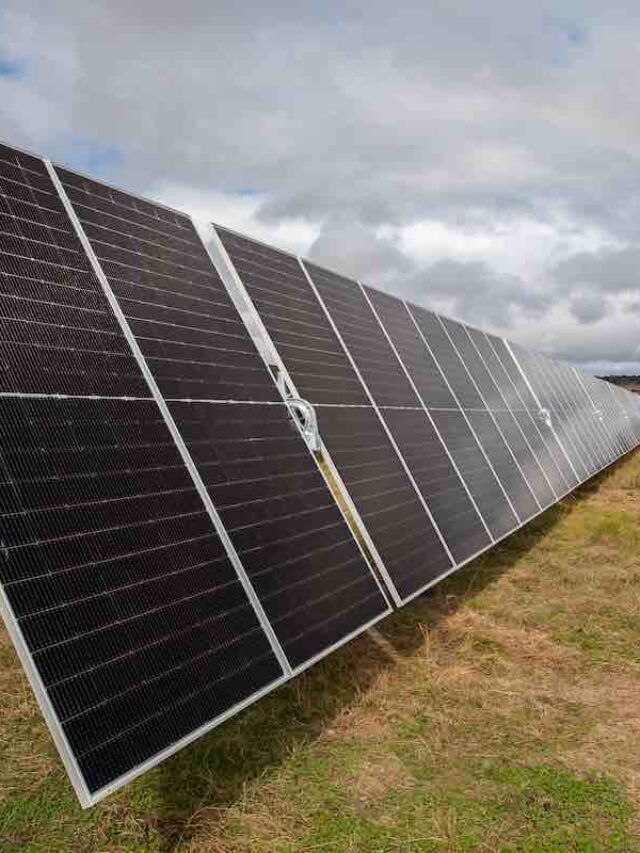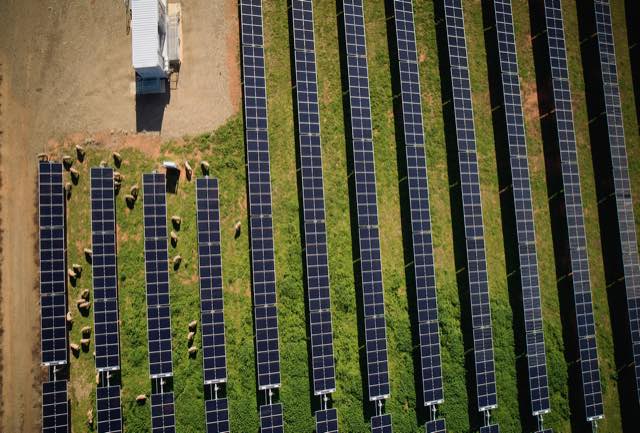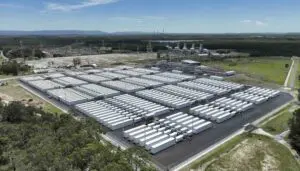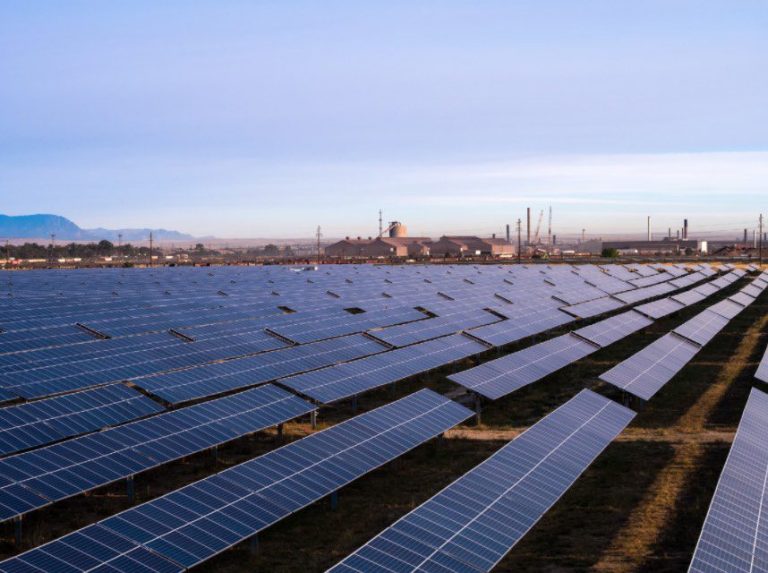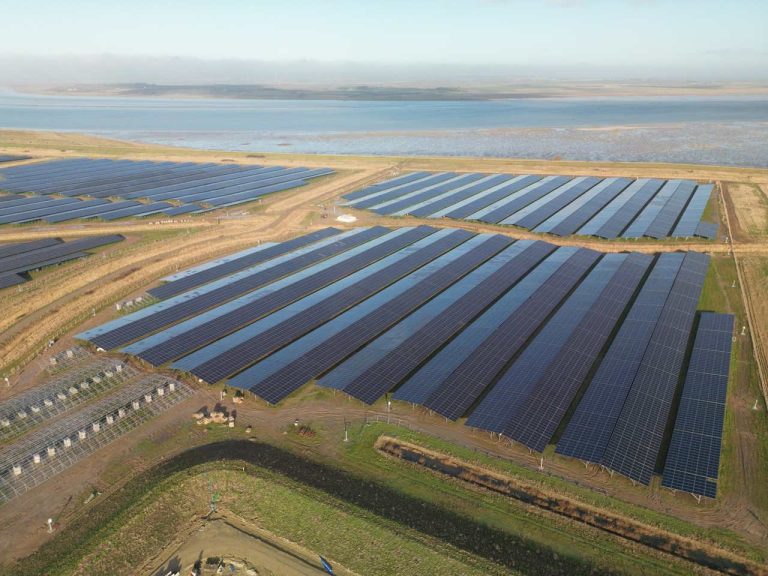Australia’s Abandoned Coal Mines: Solar Potential Study
A recent study by Global Energy Monitor revealed that abandoned coal mines in Queensland could potentially accommodate up to 52 gigawatts (GW) of solar energy, while New South Wales could host around 14GW. Australia, being a major coal producer globally, offers prime locations for converting these mines into solar energy sites, with approximately 1,470 km² of mine areas capable of supporting a total of 73 GW of solar power. Currently, there have been announcements for converting 2.7GW of coal mines into solar facilities.
The analysis conducted using Global Energy Monitor’s coal mine tracker indicates that globally, abandoned mines from the past five years and those anticipated to be abandoned in the next five years could collectively support up to 300GW of solar energy. In the last five years, 312 open-cast mines covering 2,089 square kilometres have closed, with an additional 143 mines spanning 3,731 square kilometres expected to be abandoned by 2030.
Global Perspective on Coal Mine Conversions
The majority of these abandoned sites are concentrated in the top four coal-producing countries, namely Australia, the US, Indonesia, and India. Most of these locations are strategically positioned near existing electricity infrastructure such as substations and transmission lines. China leads in this initiative, with 90 operational coal mine-to-solar conversions currently generating 14GW of power, along with 46 planned projects worth 9GW.
Hailey Deres, a researcher at Global Energy Monitor, highlighted the potential benefits of repurposing degraded lands for renewable energy targets, offering new opportunities for former coal communities worldwide.
Challenges and Solutions
However, repurposing open-cut coal mines presents challenges, as seen with the case of Engie’s Hazelwood coal mine in Gippsland. Plans to convert the mine into a lake have faced bureaucratic delays, prompting the company to consider options like capping the site with clay or a geomembrane and filling it with water from various sources to prevent environmental risks.
In regions like the Latrobe Valley, where mines sit below the water table, innovative solutions are required to ensure stability and prevent potential hazards to surrounding areas.
Opportunities in New South Wales and Queensland
Consultancy EY’s findings indicate that 17 mines in NSW’s Hunter Valley are set to close in the next two decades, with the state currently having 45 abandoned mines. The cost of rehabilitating all coal voids in NSW was estimated to be between $12-25 billion in a 2020 report by Australia Institute.
Cheng Cheng Wu from Global Energy Monitor emphasised the potential of repurposing mines for solar development to create a synergy between land restoration, job creation, and clean energy deployment, offering a sustainable path forward.
Exploring Energy Storage Options
While the focus has primarily been on energy storage solutions in Australian mines, initiatives like using mine shafts for gravity-based energy storage and identifying sites for pumped hydro projects have gained traction. Projects like the Kidston pumped hydro facility in Queensland and proposals for similar ventures in other regions demonstrate the versatility of repurposing mines for renewable energy.
AGL’s plans for the Muswellbrook coal mine and other potential sites identified by researchers indicate a growing trend towards integrating renewable energy solutions with former mining sites across Australia.

